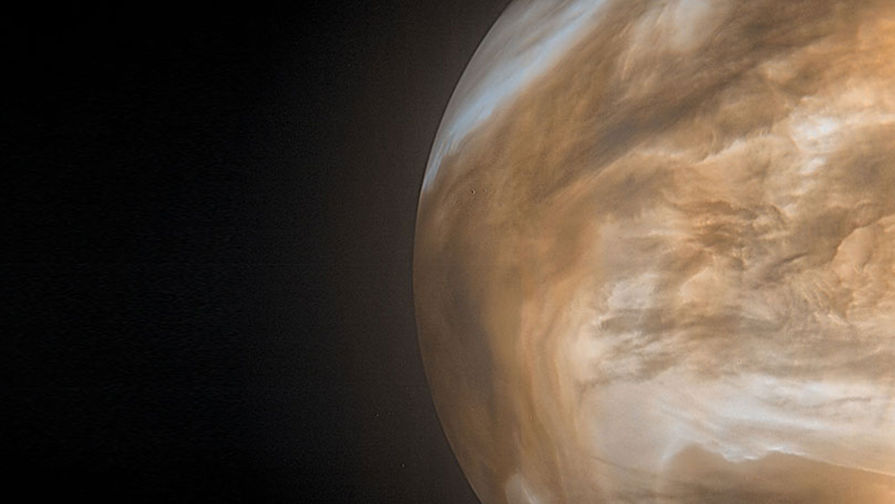- Joined
- 21 January 2015
- Messages
- 12,155
- Reaction score
- 16,366
This article covers all the currently proposed missions to the planet Venus.
Venus is Earth’s evil twin — and space agencies can no longer resist its pull
Venus is Earth’s evil twin — and space agencies can no longer resist its pull
Garvin is not the only scientist preparing such a daring mission. Nearly every space agency around the globe is currently sketching a proposal to explore our long-neglected neighbour (see 'The decade of Venus'). The Indian Space Research Organisation (ISRO) will be first to lift off when it launches an orbiter to Venus in 2023. The United States could follow close behind. Garvin and his colleagues are one of a handful of groups that will soon propose missions to NASA that, if selected, would take off in 2025. The European Space Agency (ESA) is currently considering a proposal to send an orbiter to Venus in 2032. And the Russian space agency Roscosmos is working in collaboration with the United States to send a daring mission to the planet any time from 2026 to 2033, which would include an orbiter, a lander that would send back short-term readings and a research station that would survive for much longer.



